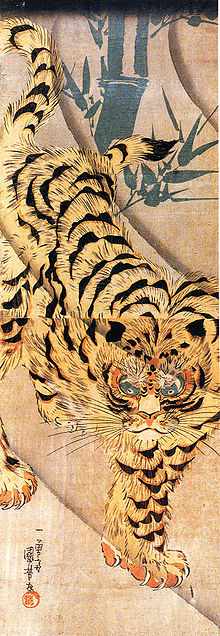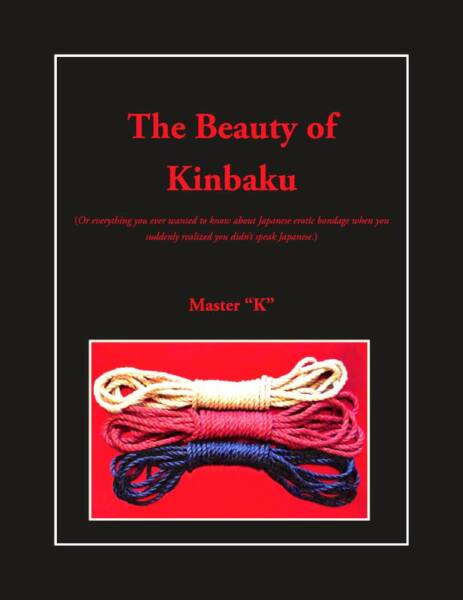The Beauty of Kinbaku
Or everything you always wanted to know about Japanese erotic bondage when you suddenly realized that you didn't speak Japanese
Osada Steve
Review: "The Beauty of Kinbaku (Or everything you ever wanted to know about Japanese bondage when you suddenly realized you didn't speak Japanese.)" -by Master "K"

(page 2)
The story continues with the first published novels and photo books of the early 19th century, setting the stage for am almost explosive growth of "secret" SM magazines after World War Two. This in turn led to the multibillion-dollar film and later video industry as we know it today.
Master "K" captivates and entrances the reader with his thrilling and fascinating account of how the use of rope developed into a celebrated art form known as Kinbaku/Shibari. Like a magician, no, like a God with an all-seeing eye, the author is putting all the pieces together to provide context, to convincingly explain the hitherto enigmatic role of the tying arts in modern Japanese society. It is this achievement for which Master "K" deserves a medal.
After a thrilling treat of history in the first of seven chapters, the author introduces 25 key figures who shaped the world of Kinbaku/Shibari. These well-researched biographies include photographers, illustrators, writers, movie directors and stars, as well as past and present bakushi. It is entertaining and interesting to learn about the sometimes very personal histories of these contributors to the art, and Master "K" generously treats the reader with anecdotes that make these key figures come alive.
The third part of the book consists of beautiful examples of various modern and traditional tying styles, including several hojojutsu styles. Over 100 color prints invite the reader to appraise the intricacies of some of the more complicated ties, or simply enjoy the beauty that rope can create on a young female's skin.


